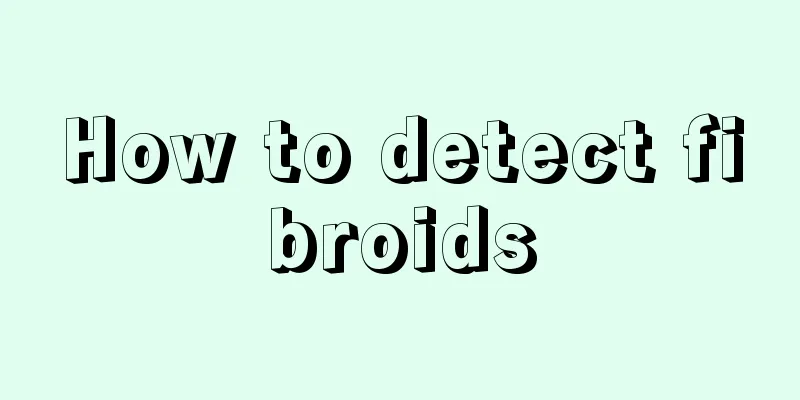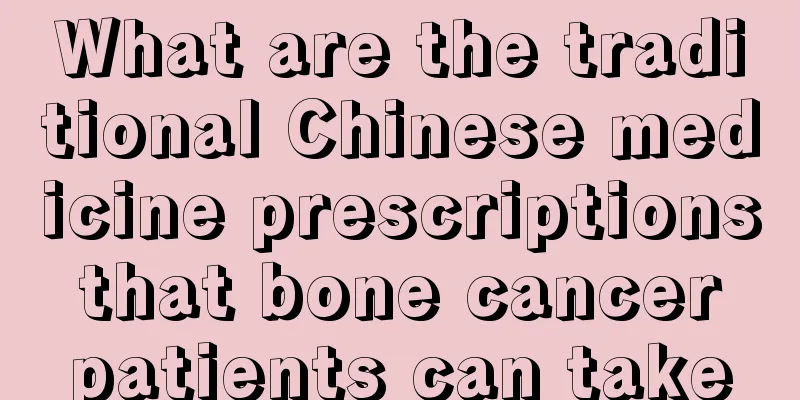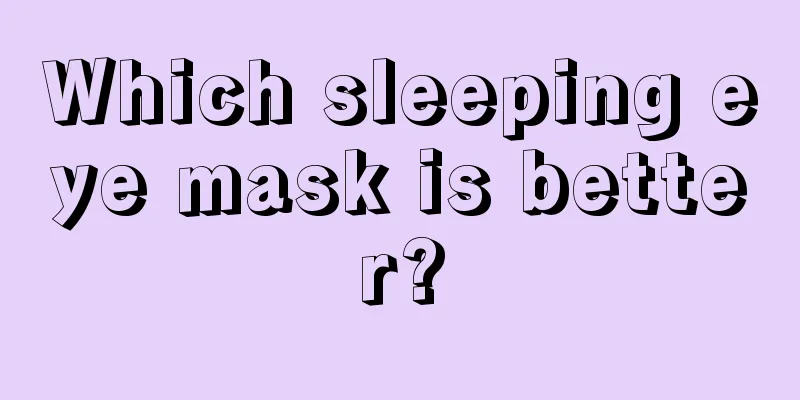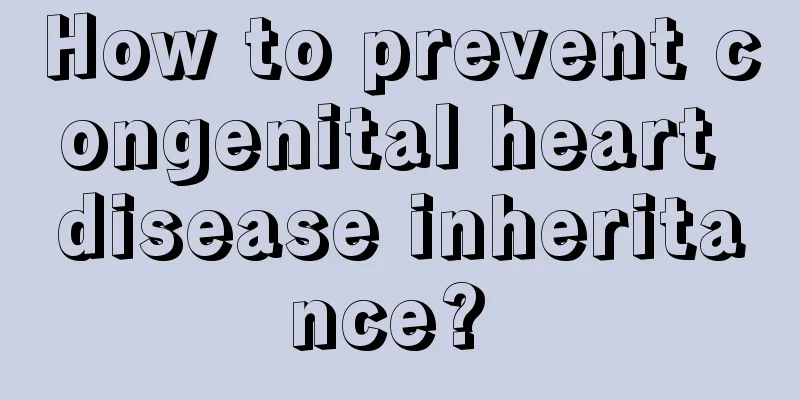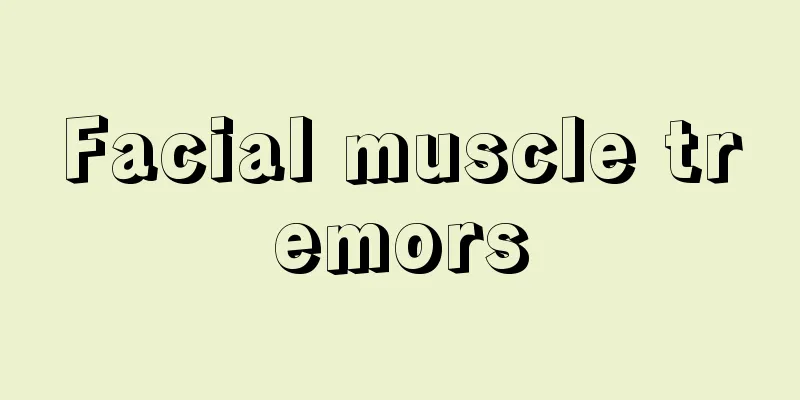Tension headache symptoms and treatment

|
Tension headache, also known as muscle contraction headache, is a common type of headache in clinical practice. Tension headache can be seen in people of all ages. The symptoms of tension headaches are mainly dull pain in the head. Tension headaches can be treated and can also be relieved through massage. 1. This disease is more common in young and middle-aged people, and children can also get sick, regardless of male or female. The initial symptoms are mild, and then gradually become significantly worse. The clinical characteristics of tension-type headache are dull pain in the head without pulsation. The headache is located in the top, temporal, forehead and occipital region, and sometimes there is pain in the above-mentioned parts. The degree of headache is mild or moderate, and is not aggravated by physical activity. Patients often complain of heavy pressure on the top of the head or a sense of tightness on the head. In addition, the occipital and neck area feel tight and stiff, which is particularly obvious when turning the neck. There is no fear of light or phonophobia. A small number of patients are accompanied by mild irritability or depression. Physical examination including neurological examination shows no positive signs. The muscles around the skull, such as the occipital muscles, the top of the head and the upper shoulder muscles are often tender. Sometimes, gently massaging them makes the patient feel relaxed and comfortable. There should be no abnormalities in brain CT or MRI, and there is no hypertension or obvious ENT diseases. 2. Headaches are mostly located in the forehead, occipital and neck areas, presenting as persistent dull pains. Patients often complain of a tight and heavy feeling in the head, without nausea or vomiting. Headaches may occur when waking up in the morning or shortly after getting up, and may gradually worsen or remain the same throughout the day. Patients often claim that the headaches have not been relieved for many years. 3. Physical therapy can improve tension headaches. The treatment plan adopted by some scholars includes four parts: training the correct posture of the neck and head when sitting, standing, sleeping and working. Practice exercises at home to improve head position and prone positioning, strengthen the muscles in the back of the neck, and place an ice pack on the back of the neck. Massage into back and shoulders with medium to deep massage for 2 minutes. Passive stretches of the scalenes, upper trapezius, levator humeri, and pectoralis muscles for 5 minutes. |
<<: Vasospastic headache symptoms and treatment
>>: What to do if your eyes hurt and swollen, these can help you
Recommend
What are the nutritional values of boiled peanuts
In fact, I believe that peanuts are not very unfa...
Where are the acupuncture points that promote gastrointestinal motility
If you want to promote gastrointestinal motility,...
What to do if my face is allergic and has yellow discharge
Allergic reactions on the face usually require tr...
Can patients with colon cancer exercise?
During treatment and rehabilitation, patients wit...
Early symptoms and signs of testicular cancer
Early symptoms and precursors of testicular cance...
Things to note before running
Running is one of the simplest sports. It can str...
What are the symptoms of advanced uterine cancer?
In real life, many women suffer from diseases suc...
How to test pregnancy with urine test stick
When using a pregnancy test stick, we must strict...
What are the early warning signs of gastric cancer
In recent years, gastric cancer has become one of...
What are the symptoms of spleen and kidney yang deficiency and how to regulate it?
The spleen and kidneys are important components o...
How to make coconut milk
Coconut milk is a drink that contains a lot of pr...
What should I do if the glans is broken and bleeding
The glans is the end of the male reproductive org...
Is it serious to have a pituitary tumor?
Having a pituitary tumor will have a great impact...
What are the treatments for advanced gallbladder disease
In recent years, gallbladder cancer has become on...
Wet compress cotton pad
When applying makeup, cosmetic cotton plays a ver...
